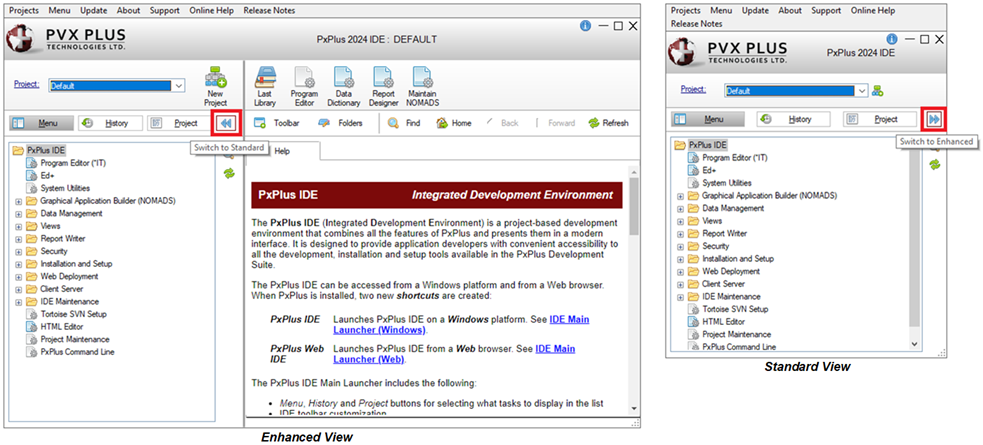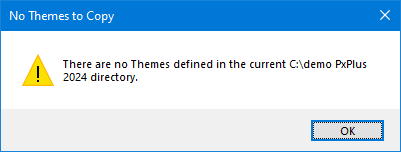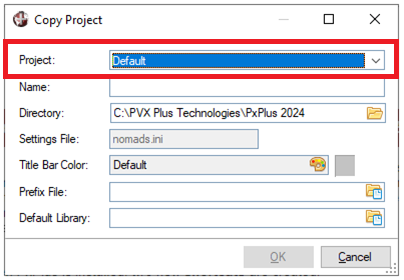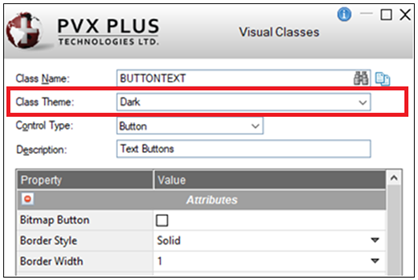1.
The first step is to get ready to define a query. A query definition consists of selecting a main file, related files to link to, and fields and formulas to include.
The main file could be a native PxPlus file or an external database table. While it is possible to define a query for a native file with no embedded data dictionary, using field number references with offsets and field lengths, it is much easier to use files with data dictionary definitions. If your native file consists of delimited fields, you can use the Visual Dictionary Utility to help define the data dictionary for the file or use Data Dictionary Maintenance to define native files with more complex structures or add more detail.
As for external data bases, you can use the Database Import Utility to create data dictionary entries for the tables in the database, as well as prefix file entries or link files that allow you to reference the tables using a simple table name. You should also define data dictionaries for any related files you wish to access.
2.
The next step in defining a query is creating and Opening a Library File.
Use the Library Object Selection window, which is used for Creating Library Objects, to create a Query object. Give the query object a name. The name you give to the library and query object will be used later to identify the query definition.

3.
Continue with the next step by Defining the Query. If your native file or table has a data dictionary, you can select it in the Query Header Definition using the logical file name from the data dictionary.

4.
In the Query Definition, you can invoke the Query File Link panel to add the links to related files.

5.
In the query definition, select the fields and define any Formulas you wish to include in your dataset.
Depending on your intended use for the query definition, you may wish to alter some of the column settings and display options if the query is used for visual display.

6.
You can also set up Query Selection Criteria to filter your data.
7.
When your query definition is complete, the next step is to test it, make any adjustments and save it. After that, the query is ready to use.